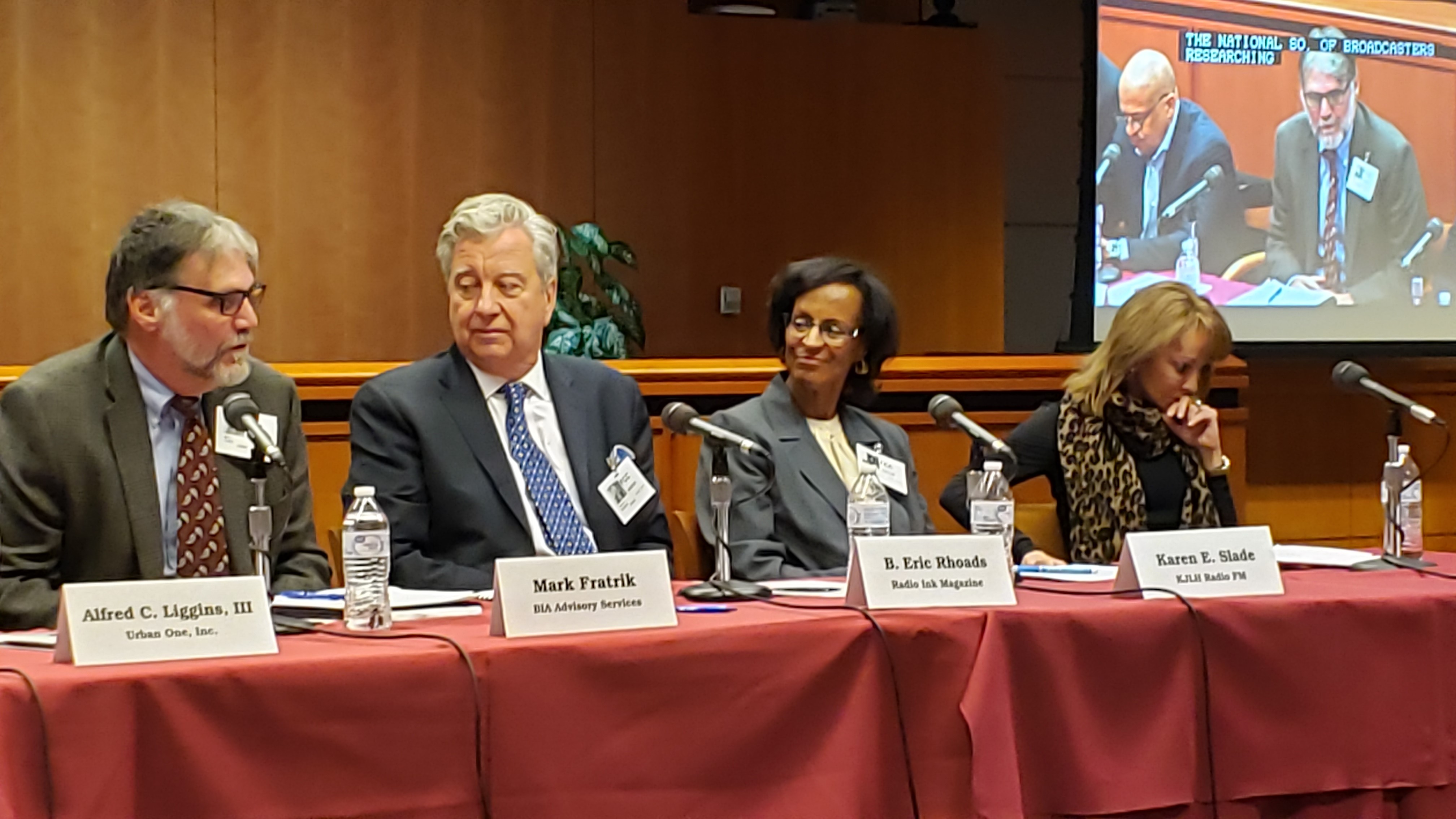
On the day Inside Radio’s lead story was the Third Circuit Court’s refusal to revisit its rejection of the FCC relaxed ownership rules, the FCC held its Symposium on Current and Future Trends in the Broadcast Radio and Television Industries. BIA’s Mark Fratrik spoke on the Radio panel. Spoiler alert, the unspoken conclusion of the day: “Okay boomers, the media world has changed but broadcast ownership regulations and your business models have not.” A bit tongue in cheek, but there’s a clear call to action for policymakers and broadcasters to consider new approaches for the future.
The backdrop of archaic ownership rules and aging business models set the stage for the FCC’s symposium examining where the broadcast is, and more importantly perhaps, where it’s headed. The event was streamed and on-demand viewing is available.
Take-aways from the FCC Symposium:
- Broadcasting Premised on Aging, Less Effective Business Models: While not entirely clear why the FCC sponsored this event, it did bring together some top industry leaders who share a mostly consistent set of views about the Radio and TV industries. Namely, both these industry segments are premised on aging business models facing declining revenue growth and margin compression.
- Ownership Relief to Achieve Scale Economies: Some divergent views were offered about how broadcasters can dig their way out of this hole. Most agreed, led by Dr. Fratrik, that regulatory relief from ownership restrictions is necessary for a broadcast industry trying to compete with their new digital neighbors in the ad-driven media marketplace.The thesis is broadcasters need more ownership scale to achieve economies of scale and scope to more effectively compete with pure play digital businesses. Some argued there’s already headroom for companies to achieve more scale under the current (i.e., old rules with 3rd Circuit decision), while others hotly disagreed.
- Mind the Gap: Broadcasters may have the largest audiences (at least in terms of cume) but there’s a growing gap in their abilities to aggregate and then monetize the audience-revenue relationship. Broadcasters are increasingly challenged to monetize their audiences at the same levels achieved by digital players. Eric Rhoads called out that comparing the top five radio companies to the top 5 digital companies equates to comparing firms with market value of $2 billion (and most recently in or just coming out of bankruptcy) to firms with a market value of $3 trillion. The two big gaps therefore are (1) audience-monetization; and (2) valuations of traditional (EBITDA and value-based) versus digital (revenue growth and addressable market based).
- Cross-Platform: The only effective solution for broadcasters is to diversify their offers using their broadcast platforms as a base to extend into cross-platform offers. This means digital media plus initiatives like Beasley’s foray into esports ownership and marketing. Nielsen’s repo on the TV panel spoke to their efforts to develop metrics and measurement methodologies to support cross-platform currencies. However, the exact right mix of product, pricing, distribution, etc. to be competitive remains a significant strategic and competitive challenge for broadcasters.
- Over-The-Air Matters, Right?!: The ultimate underpinning to the symposium one might call out is, do we even need broadcasting anymore? Calls for regulation (i.e., FM chips in phones, ATSC 3.0 chips in phones, mandatory 12 hours/week of local content, mandated car radios and other policy-driven solutions) that ensure broadcast’s future role in the media distribution infrastructure rang out among panelists. The promises of NextGen TV – which will add value to the broadcast television proposition, enhance the audience experience and create new possibilities for revenue – were called out, but maybe in a 5-10+ year time frame, against a racing backdrop of OTT and 5G rollouts and market adoption.
By design, there was no conclusion or set of recommendations from the Symposium. But two inescapable conclusions are that broadcasters want regulatory relief to be more competitive and profitable as businesses; and they are committed to expanding their services cross-platform to reach their audiences no matter where they are gathering. Their digital competitors are unburdened by ownership constraints, so that makes sense. As for how effective broadcasters will be as cross-platform competitors? Still early days.

This Post Has 0 Comments